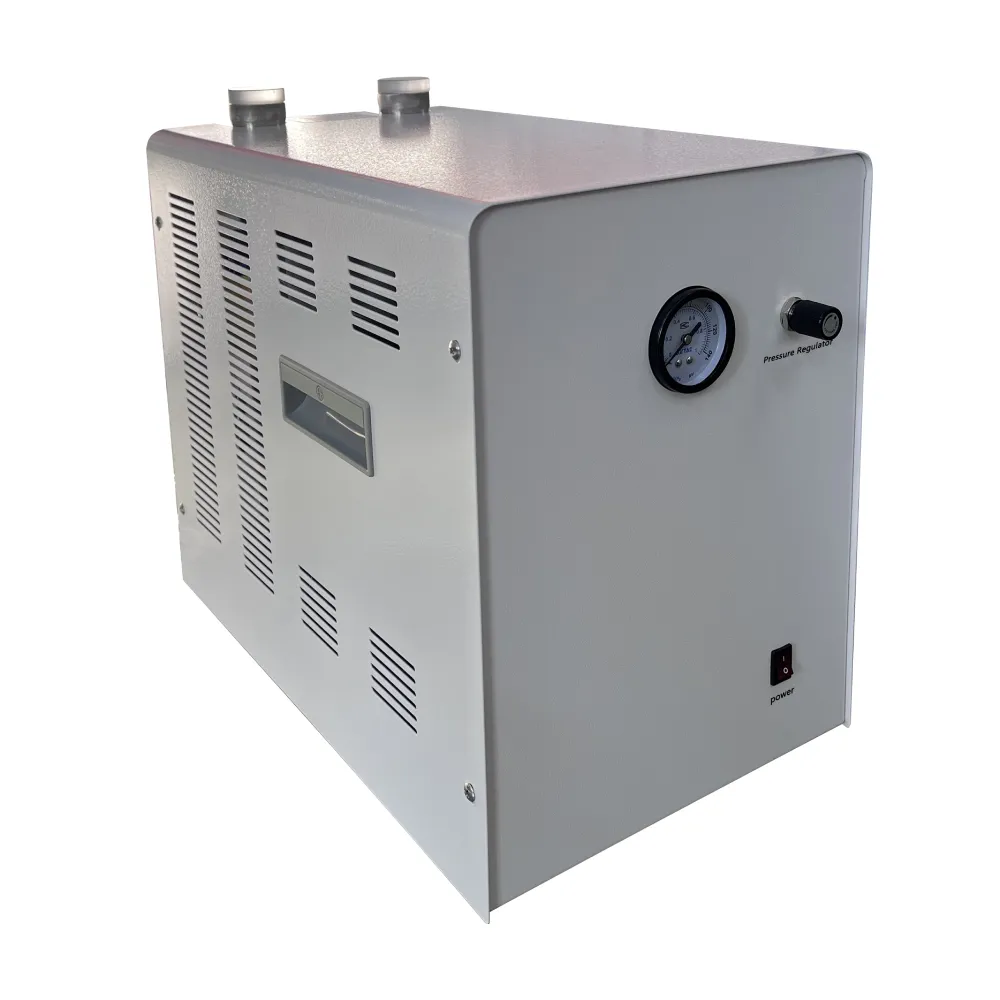 English
English


Innovative Techniques in Potentiometric Autotitration for Enhanced Analytical Precision
Understanding Potentiometric Autotitrators A Comprehensive Overview
Potentiometric autotitrators are sophisticated instrumental devices fundamental in the field of analytical chemistry. They are primarily used for determining the concentration of an analyte in a solution through titration techniques that rely on measuring the voltage changes occurring in the solution as a titrant is added. The precision and automation offered by potentiometric autotitrators make them invaluable in various industries, including pharmaceuticals, food and beverage, environmental testing, and material science.
How Potentiometric Autotitrators Work
The working principle of potentiometric autotitrators revolves around the use of electrodes to measure the potential difference (voltage) in a solution. The device consists of a titration vessel where the sample solution resides, a burette that dispenses the titrant, and electrodes that monitor the electrical potential in the solution. The titration process begins when a titrant, which reacts with the analyte, is added to the sample under controlled conditions. As the titration progresses, the concentration of the analyte will change, resulting in a corresponding change in the solution's potential.
One of the key features of potentiometric autotitrators is their ability to detect the endpoint of titration automatically. This is achieved by continuously monitoring the change in voltage and plotting it against the volume of titrant added. When the reaction between the titrant and the analyte approaches completion, there is a sharp change in the potential, which indicates the endpoint. The automated nature of these devices ensures high precision and reproducibility, often outperforming manual titration techniques.
Applications of Potentiometric Autotitrators
Potentiometric autotitrators have a wide range of applications due to their accuracy and reliability. In the pharmaceutical industry, they are used for quality control to determine the concentration of active pharmaceutical ingredients (APIs) in formulations. Ensuring the correct dosage is crucial for efficacy and safety, making these autotitrators essential tools in drug manufacturing.
potentiometric autotitrator

In food and beverage testing, potentiometric autotitration is employed to monitor acidity levels, ensuring product quality and adherence to regulatory standards. The pH level of certain beverages, such as wines and juices, significantly impacts flavor and stability, prompting the use of autotitrators for precise measurements.
Environmental testing is another notable area where potentiometric autotitrators are utilized. They can analyze water samples for pollutants, such as heavy metals, by determining the concentration of specific ions. This capability is vital for maintaining healthy ecosystems and ensuring water quality meets safety standards.
Advantages of Potentiometric Autotitrators
The benefits of using potentiometric autotitrators are numerous. First and foremost, they significantly reduce human error commonly associated with manual titration methods. The automation allows for faster analysis, making it feasible to handle a high volume of samples efficiently. Additionally, the devices are versatile and can be adapted to perform various types of titrations, including acid-base, redox, and complexometric titrations.
Moreover, the electronic data recording provided by these instruments facilitates better traceability and compliance with regulatory requirements. Users can easily review and analyze data, ensuring that results are accurate and complete.
Conclusion
In conclusion, potentiometric autotitrators represent a leap forward in analytical chemistry, providing precise, efficient, and automated solutions for titration. Their widespread applications across diverse industries underscore their importance in quality control, environmental monitoring, and research. As technology continues to advance, the role of potentiometric autotitrators is expected to expand further, paving the way for more streamlined and accurate analytical processes in the future.
-
Differences between open cup flash point tester and closed cup flash point testerNewsOct.31,2024
-
The Reliable Load Tap ChangerNewsOct.23,2024
-
The Essential Guide to Hipot TestersNewsOct.23,2024
-
The Digital Insulation TesterNewsOct.23,2024
-
The Best Earth Loop Impedance Tester for SaleNewsOct.23,2024
-
Tan Delta Tester--The Essential Tool for Electrical Insulation TestingNewsOct.23,2024





